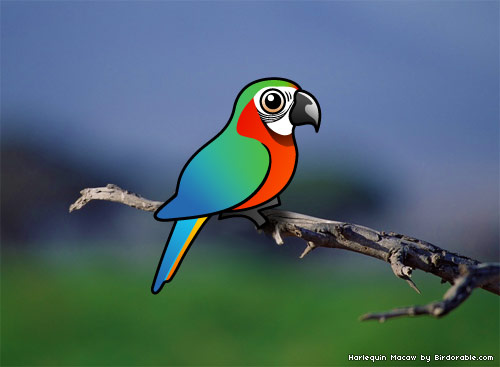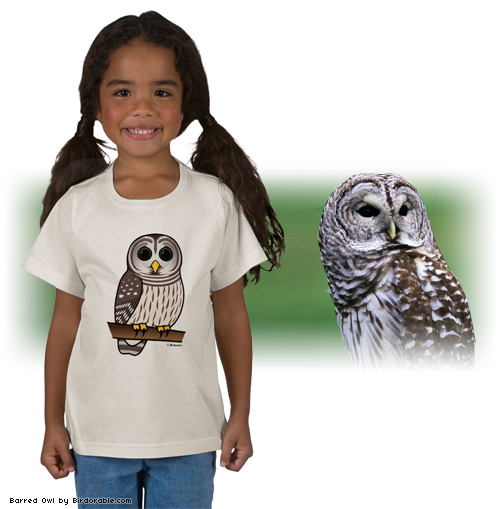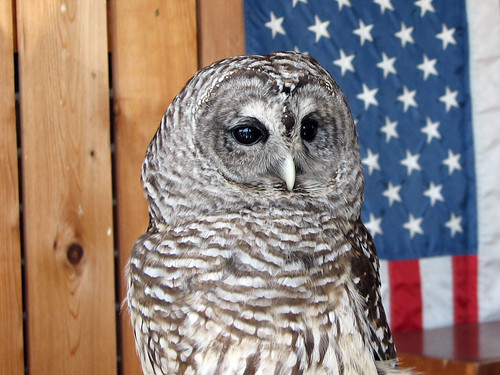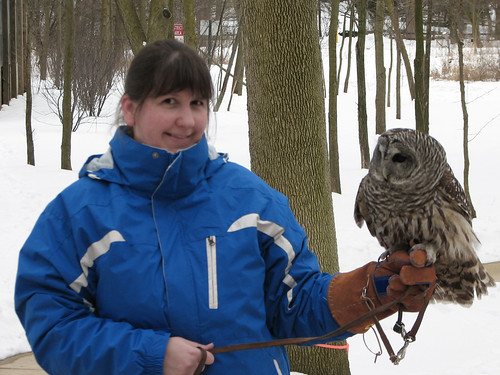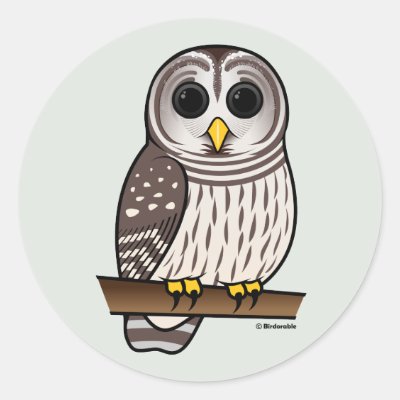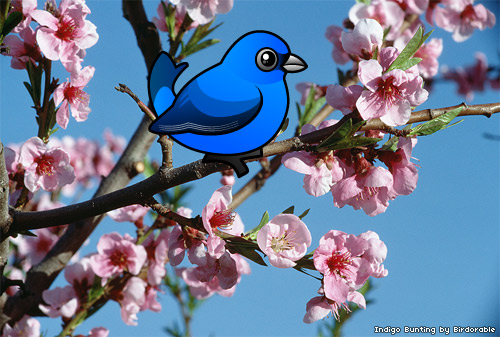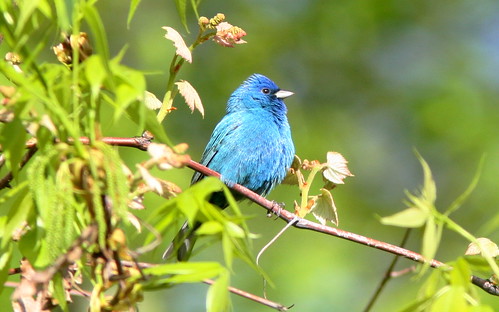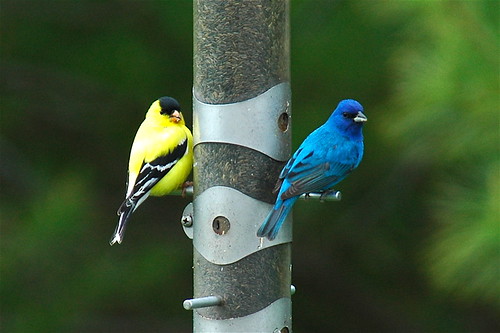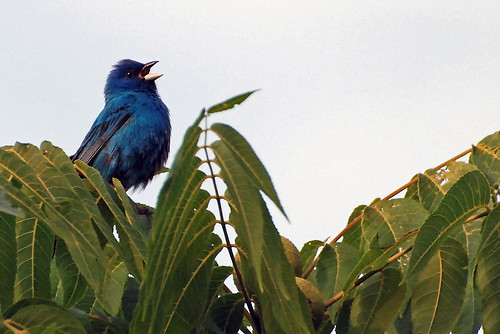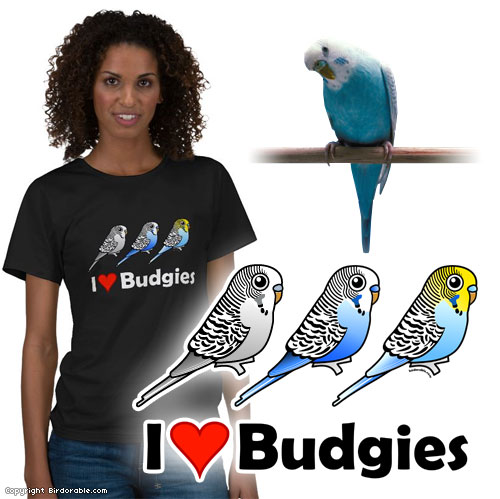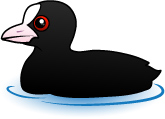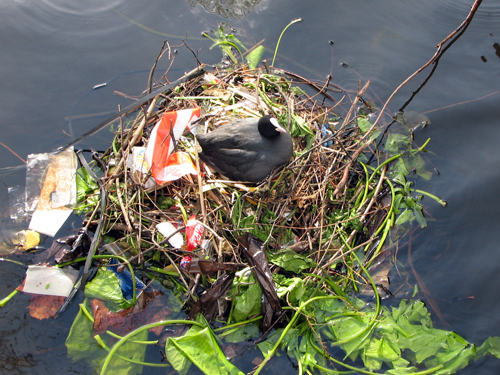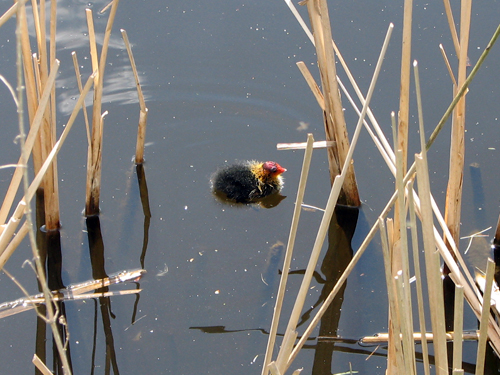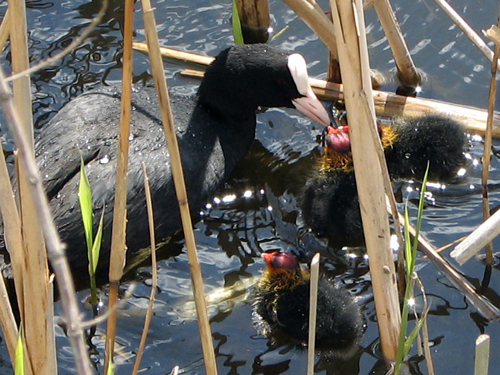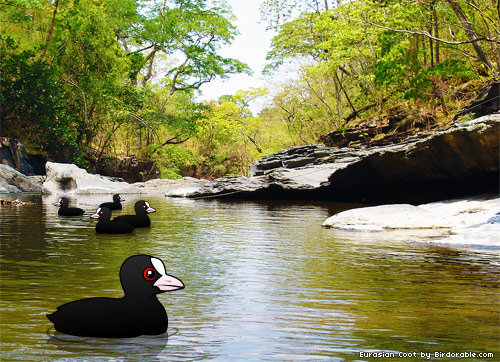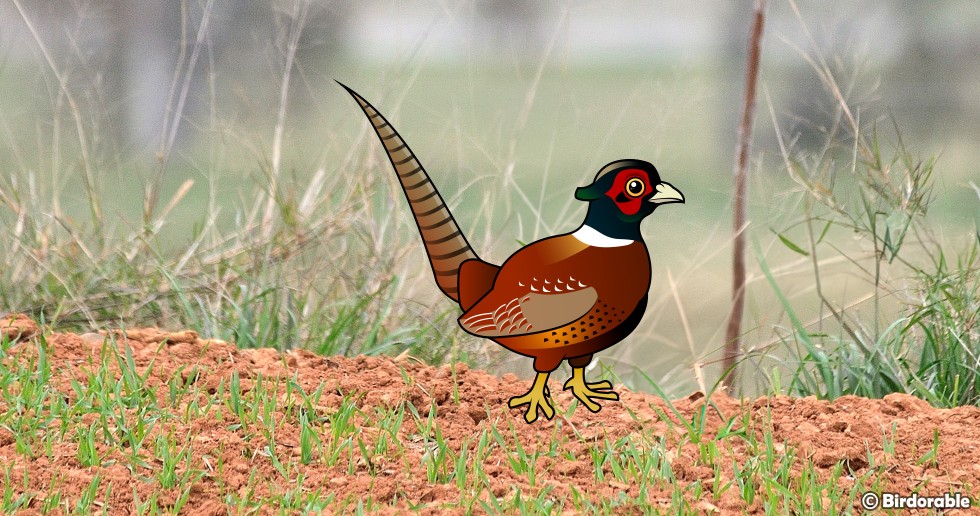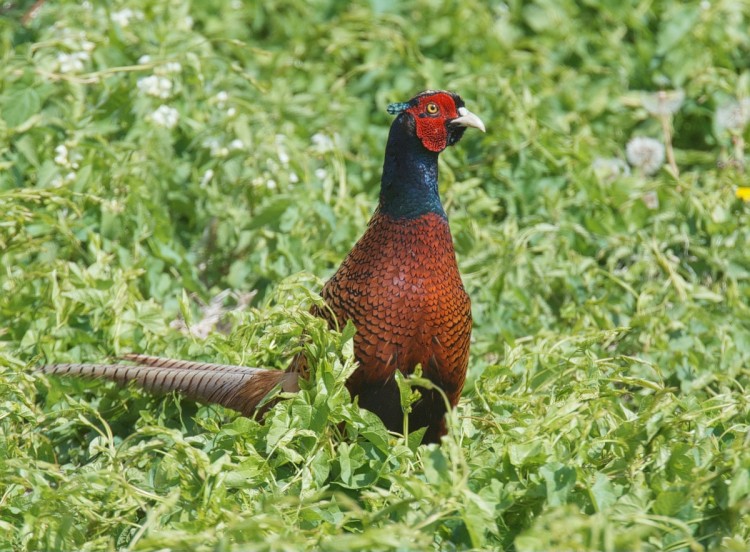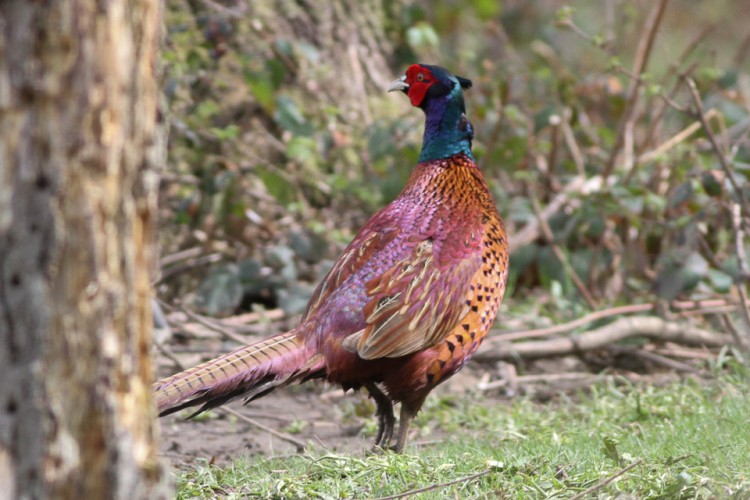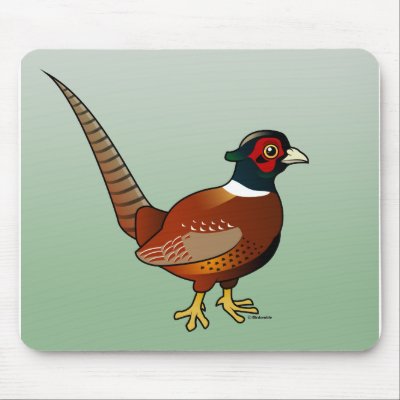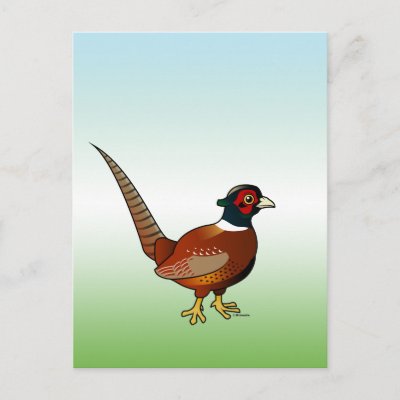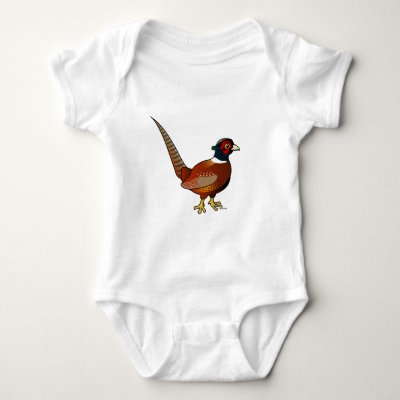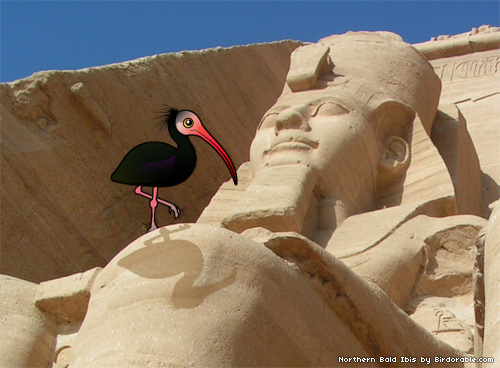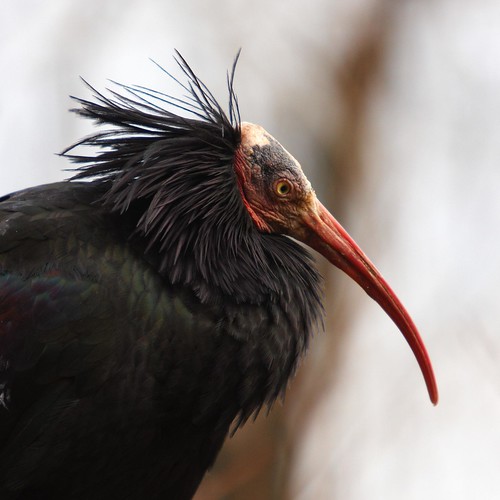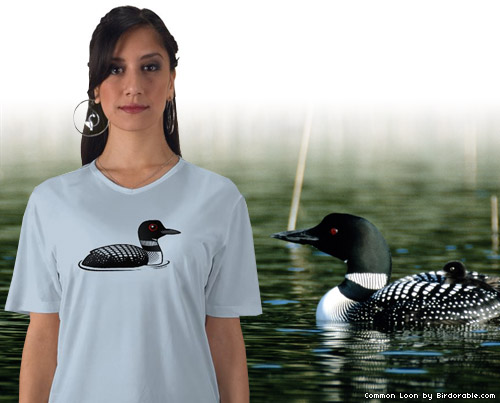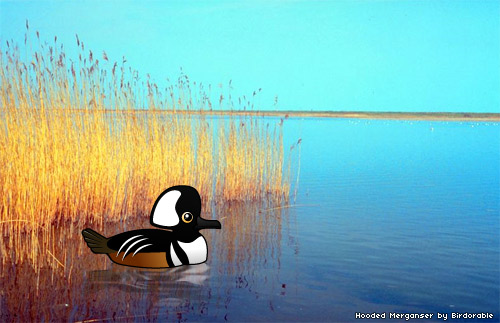
We recently added the Hooded Merganser to Birdorable. These little ducks are named for their large head crests. In breeding males, the crest has a large white patch. Females are quite drab overall (a recurring theme with many birds, especially ducks), but they do have the 'hood' for which the species is named. Hooded Mergansers have elongated, serrated bills which are useful when hunting and feeding on slippery fish. They will also eat frogs, crayfish, and other small aquatic animals. With legs set back on the body, Hooded Mergansers are agile underwater swimmers but awkward on land. To defend her helpless young, a female Hooded Merganser might try to distract predators by pretending to have a broken wing and leading the predator away from her ducklings.
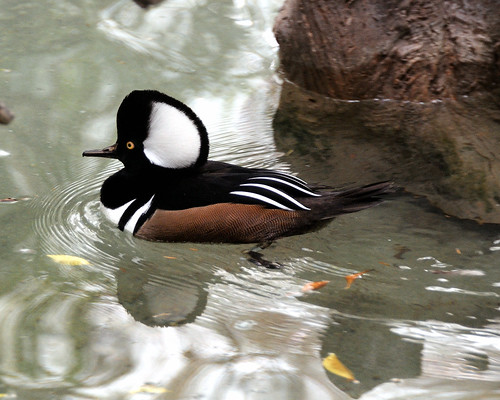
Hooded Mergansers are one of our favorite species of duck. Depending on the time of year, Hooded Mergansers can be found across much of North America; they do not range in the American southwest or the farthest northern reaches of Canada. Do you have Hooded Mergansers where you live? Have you seen one lately? Have you seen our cute Birdorable Hooded Merganser gifts? :) * HOME is the four-letter code bird banders (and birders) use when referring to Hooded Mergansers.






